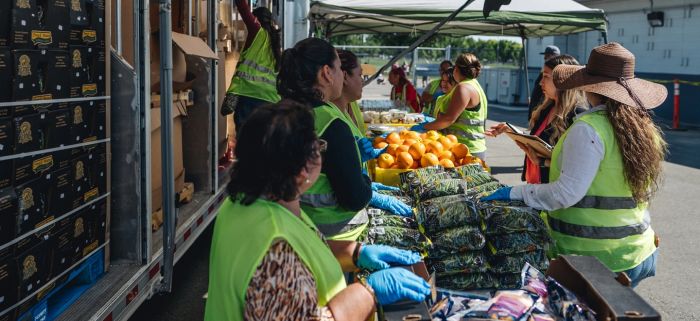When summer means hunger, mobile food pantries help close the gap
Second Harvest and Feeding America are proud to partner with Starbucks to help feed children & families during the long South Louisiana Louisiana summer. Their support means our mobile pantries will serve neighborhoods that don’t have a traditional food pantry, and often don’t have grocery stores.
When school is out, the hunger gap opens for too many children who rely on subsidized meals at school. Twelve million children in the United States don’t have enough to eat, but Starbucks is striving to help change that by funding mobile pantries that bring free, fresh food into communities.
All she wanted was to check out a book on dragonflies.
Kirsten Casteel was 12 when her science class was assigned to research bugs. She chose dragonflies as her topic and went to the school library to learn more. At least she tried. Her class was on the first floor; the library was on the second. And, on that day, shortly before summer began, she was so tired the stairs between seemed insurmountable.
“I remember taking one step and then feeling like I couldn’t lift my leg high enough to get it up the next step. So, I sat down,” she said.
What almost no one knew was that at home, she didn’t have enough to eat. And without fuel, she didn’t have any energy.
At an early age, Casteel knew what no child should have to know – that real hunger wasn’t just a growling stomach, that it deepened into an ache, and that once the gnawing in your stomach subsided, it caused your head to ache, your mind to slow and turned into an exhaustion that settles all the way into your bones. Sometimes it can cause you to pass out. Other times it feels like your heart is pounding out of your chest.
It hadn’t always been that way. Casteel, a Starbucks store manager, remembers an early childhood with a vibrant family. But when she was 7, her mother, Carole, died of a brain tumor, leaving three young girls and a husband who was so distraught that he fell into a deep depression and soon left his career in the military. After that, money was always tight.
During the school year, the three girls could get free meals at school. But on the weekends and the summers, they were on their own. “For most kids, summer was a great thing,” she said. “But for us, we didn’t know where we’d eat.”
That’s the case for too many children across America. One in six children in the United States doesn’t have enough to eat, according to Feeding America, a national hunger-relief non-profit organization. And, when summer arrives, many who rely on free or reduced lunches at school are left not knowing where the next meal is coming from.
Food bank trucks loaded with fresh produce and more that go into communities to give food away, called mobile pantries, are helping to fill that gap and feed some of the more than 40 million people in the United States who face hunger. That number that includes 12 million children and 5 million seniors.
Across South Louisiana, Second Harvest provides nearly 40 mobile pantries, bringing tens of thousands of pounds of fresh produce and other food to at-risk communities. This program is only possible thanks to valuable support from partners like Starbucks.
To help meet that need, Starbucks is investing $1.5 million in mobile pantry programs for 17 food banks around the country. Some of the food banks currently have mobile pantries and the funding will help support them and allow them to do more deliveries. Others will be getting their first mobile pantry trucks.
“It was such a relief to find out (about the Starbucks donation),” said Valencia. “It gives us the green light to help the program keep going.”

